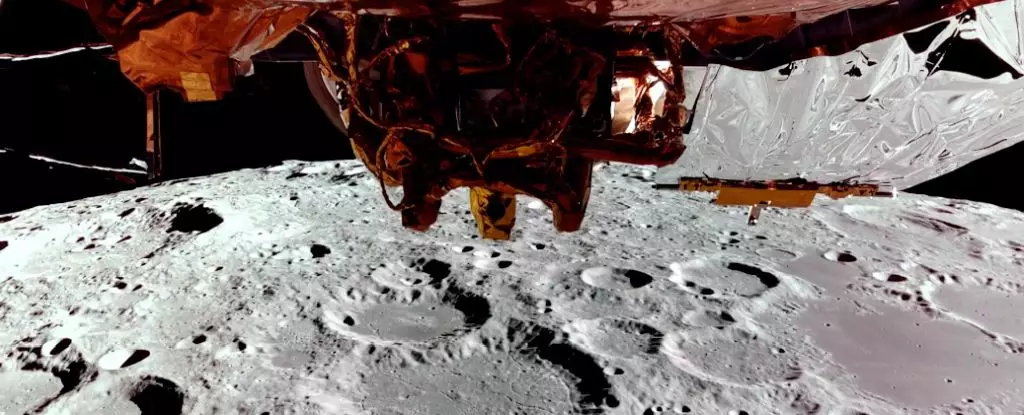Firefly Aerospace is making waves in the aerospace sector with their innovative Blue Ghost lander, currently poised for a lunar landing. This mission not only marks a significant milestone for the Texas-based private company but also lays the groundwork for the future of lunar exploration. In an impressive display, the Blue Ghost captured stunning video footage during its descent, showcasing the Moon’s surface as it navigated approximately 100 kilometers (0.62 miles) above the lunar landscape. The lander’s ability to record such high-quality visuals speaks to the technological advancements that have made these excursions possible.
The Blue Ghost capsule is equipped with ten scientific and technological instruments developed for NASA, specifically tailored to collect crucial data from Mare Crisium, also known as the Sea of Crises. This large basalt-filled impact basin holds scientific potential for understanding both the Moon and the broader history of our solar system. What sets this mission apart is that it is the first of three planned by Firefly Aerospace for NASA, designed to contribute to an overarching goal: assessing the feasibility of human presence and habitation on the Moon.
Following this inaugural mission, Firefly has plans for two additional landings: one aimed for the Moon’s far side in 2026, and another with a rover targeting the intriguing Gruithuisen Domes in 2028. In an era where NASA is increasingly focused on long-term lunar sustainability, the data from these missions will prove essential for developing a permanent base on the Moon.
Despite the excitement surrounding the mission, the challenges posed by lunar landings cannot be understated. The absence of a significant atmosphere complicates the landing process, as traditional methods like parachutes cannot be used to slow descent. Instead, precision-thrusters will guide the Blue Ghost as it descends onto the rugged lunar terrain. The required level of control during descent is razor-thin, and any miscalculation could result in mission failure.
The scheduled descent into Mare Crisium is set for March 2, a date that holds high stakes for the team at Firefly Aerospace. If all goes as planned, the lander aims to operate its scientific payload for an impressive lunar day—approximately 14 Earth days—while capturing unique celestial events including a solar eclipse and a lunar sunset. As the lunar night approaches, Blue Ghost will face temperatures plummeting below -246 degrees Celsius (-410 degrees Fahrenheit). Managing operations through this phase poses a significant challenge, as the harsh conditions could lead to failures in maintaining functionality.
Ultimately, the success of the Blue Ghost mission will not only showcase the capabilities of Firefly Aerospace but also contribute important research for NASA’s future programs. As humanity looks to expand its footprint beyond Earth, understanding the Moon through such missions serves as a vital stepping stone toward realizing long-term aspirations of habitability. Whether Blue Ghost successfully completes its mission will be closely monitored and will serve as a pivotal moment in the ongoing journey of space exploration. The stakes are high, but the rewards could reshape our understanding of lunar opportunities.

